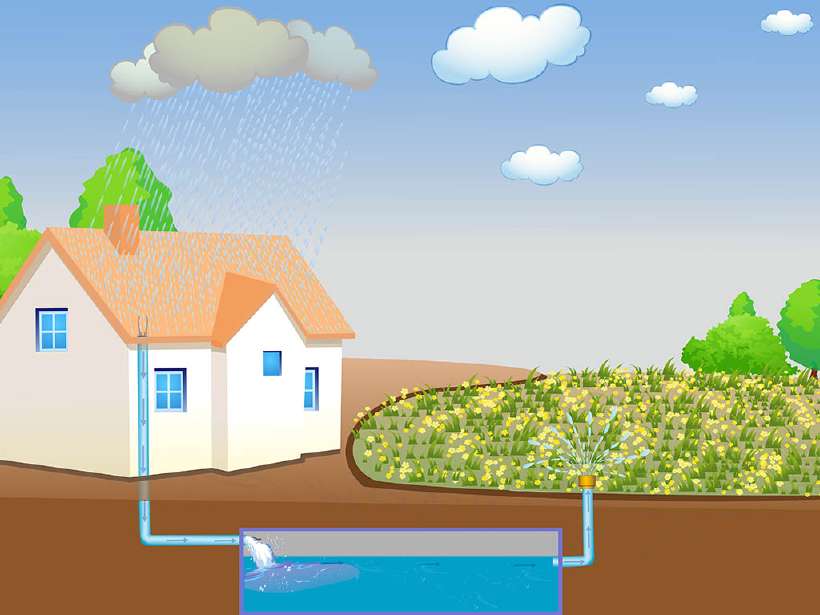What is Water Harvesting?
Home / Science for Kids / 5Ws & H For Kids / What is Water Harvesting?
Come summer and the entire nation seems to have just one word on its lips – water. Year 2000 saw one of the worst summers recorded in the history of India. The drought in the state of Gujarat and Rajasthan was the worst in decades.
Fresh water, they say is a scarce resource. Is it?
During the monsoons every year, we allow huge amounts of fresh water to run off our roads and pavements into the drains where it mixes with the sewage and heads straight for the rivers where we dump waste. Did you know that this rain water is enough to see us through the summers?
When the summer months arrive, the rivers usually dry up. And our water needs increase. This puts pressure on other sources of water, like ground water. As a result, our tube wells and bore wells start working overtime.
This is why ground water levels are going down across the country. Where earlier water could be found at a depth of 20 feet, now we have to dig as deep as 200 feet.

There is an easy solution
Consider this. If we were to collect all the water which rains on our terrace, roads and pavements instead of letting it run into the ditches, we could actually have vast reserves of water.
All we need to do this is create rain water tanks to store water. If water tanks and reserves are expensive and difficult to maintain, we could even dig huge pits and make open reservoirs. These reservoirs would not only collect the rain water but also allow it to seep into the ground and raise the ground water level.
This type of water management and storage of rain water is called water harvesting.
![What is Water Harvesting? [Illustration by Shinod AP]](/media/5wh-162_1_hu4f8475295fbb30faf68e211a46abfcec_10103_820x0_resize_q60_box.gif)
It is actually a very old technique that has been used by a lot of traditional societies for generations. Water tanks, check dams, storage wells and reservoirs are dotted all over rural India and have seen villagers through several summers. In Kishori village of Alwar district in Rajasthan, farmers have made Johads or check dams to trap rain water and store them in huge reservoirs.
As water scarcity increases, we will also have to look towards such traditional but revolutionary water management methods.
387 words |
3 minutes
Readability:
Grade 7 (12-13 year old children)
Based on Flesch–Kincaid readability scores
Filed under: 5ws and h
Tags: #india, #rivers, #tanks, #fresh water
You may also be interested in these:
Save rivers, lakes from worshippers
Eleven-year-old Eco-ambassador
Creating Light from Garbage
Banaras The Eternal City
The Flood